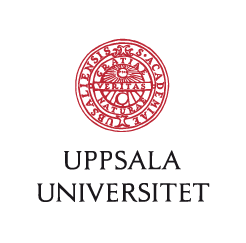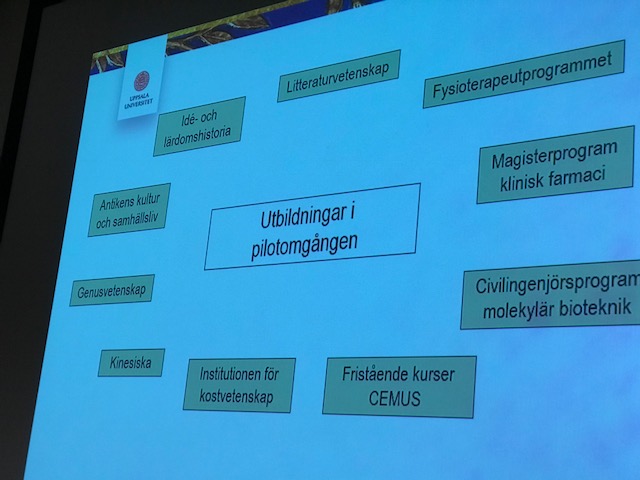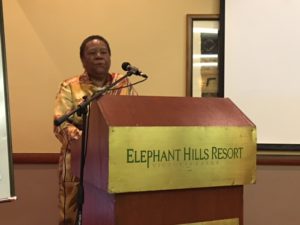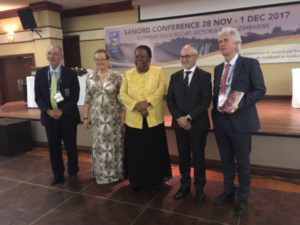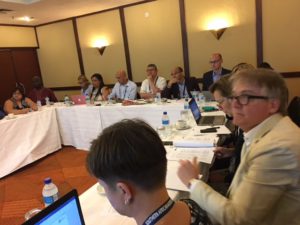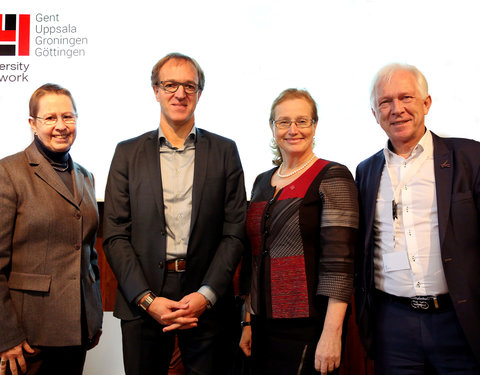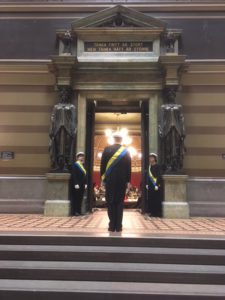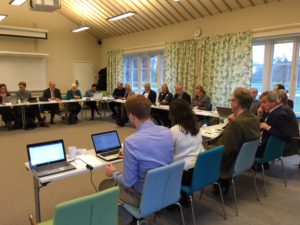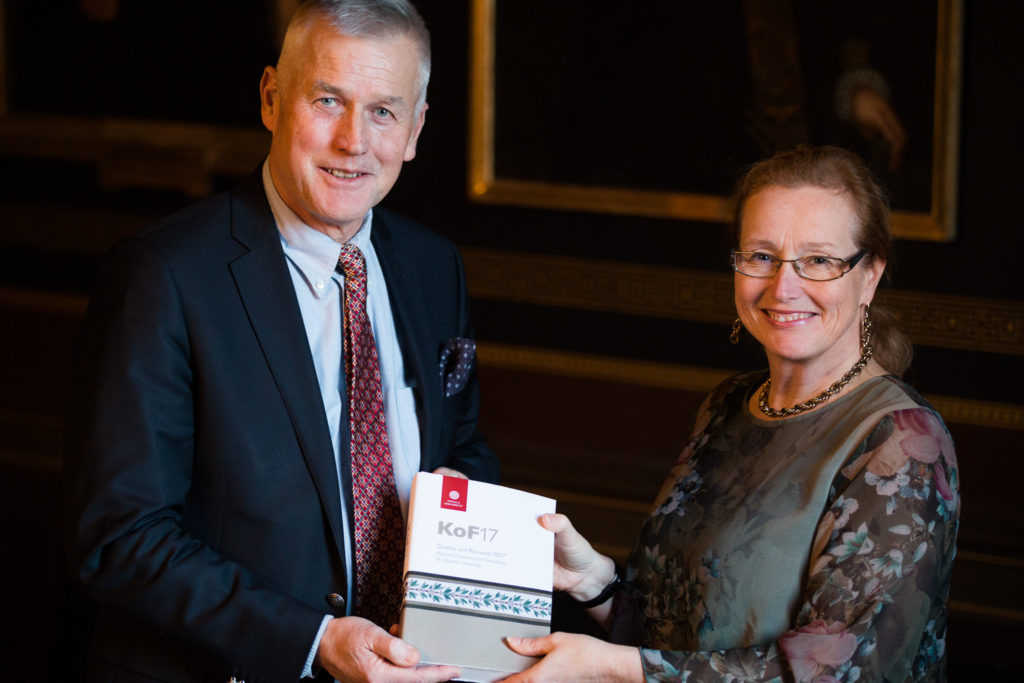(Original Swedish post published 5 December.)
The Swedish National Audit Office has undertaken a survey and analysis of the agency capital held by higher education institutions. Its report is entitled: “Why are higher education institutions building up capital?” The report was published last week and was presented on Monday during the Higher Education Forum in Linköping. The report gives an instructive account of agency capital and how it comes into being. Overall, it gives a reliable and balanced picture of how the agency capital held by higher education institutions (HEIs) has built up, above all over the past decade, along with some reasonable recommendations to both HEIs and the government.
Agency capital consists of accumulated resources saved by HEIs, deriving from unused government allocations for education and research in past years. Agency capital does not include external funding that has not yet been used. The total agency capital accumulated by the HEIs comes to around SEK 12 billion, which corresponds to 19 per cent of the sector’s annual turnover. In absolute terms, research allocations contribute most to agency capital, but in relative terms, a larger share of education allocations are saved. Agency capital increased most in 2009–2011, when the HEIs were given significant (temporary) additional educational responsibilities, which coincided with major new research funding being made available after the 2008 Research Bill. Since then growth has been more moderate, but has remained at a high level.
The build-up of agency capital is often considered incompatible with efficient use of central government resources. Large accumulations of agency capital mean that central government resources are held unused by HEIs instead of being employed in the sector or used for other state budget priorities. Having said that, it is not unreasonable for HEIs to have a certain buffer for dealing with the uncertainties of complex activities like education and research, and to give them scope to make strategic investments.
Furthermore, the fact that agency capital remains at a high level for several years does not mean that new money remains unused. The example of Uppsala University can serve to clarify this. Between 2012 and 2016, the University’s budget rose from SEK 5.5 billion to SEK 6.6 billion. This means the volume of activities – research and education – increased by an average of SEK 275 million per year during this four-year period. During the same period, the University’s agency capital increased by an average of SEK 56 million per year, from SEK 1.153 billion to SEK 1.378 billion in total. SEK 56 million is less than one per cent of Uppsala University’s total budget. We can therefore conclude that during these four years – a period of rapid expansion, historically speaking – the University managed to use 99 per cent of the research and education appropriations it received each year. It may take a while from a decision to allocate new funding until students are admitted and teachers and researchers employed, but it is wrong to say that resources are being hoarded.
Nevertheless, it is important that universities themselves have control over their agency capital and a strategy for how best to use it, just as it is important that the government has control over and sends clear signals about how HEIs are managing the situation. The National Audit Office report makes some recommendations, which are reasonable on the whole.
The government should ensure clear, strategic and transparent management and follow-up of agency capital at HEIs by developing criteria to assess the size of agency capital based on the needs and situation of individual HEIs.
HEIs should establish a more favourable environment for using agency capital, and should provide more adequate information to the government by ensuring the existence of documentation showing the breakdown of agency capital into reserved and unreserved funds.
The line between these two categories can be quite tricky to draw. Otherwise the National Audit Office’s recommendations are reasonable.
Uppsala University sees its agency capital as a resource to be included in operational planning and budgeting just like other resources. It is reasonable that the University has a certain amount of agency capital so that it can maintain a preparedness for new initiatives, unforeseen events and changes in government instructions. Like the National Audit Office, we consider it important to have a certain buffer, though the University must limit the size of its agency capital.
During the past year, Uppsala University has clarified and tightened up its internal limit values for agency capital. The target for the University’s agency capital is 5–15 per cent of turnover (measured in costs) in research and doctoral programmes and 5–10 per cent in undergraduate and Master’s programmes. The difference is explained by the fact that more than half of research funding comes from fixed-term external funding, while education is largely funded by more predictable government appropriations. The existence of agency capital in different parts of the University should also be taken more clearly into account when assessing proposals for new strategic initiatives.
In each disciplinary domain, the target for agency capital is 0–15 per cent of turnover in research and doctoral programmes, and 0–10 per cent in undergraduate and Master’s programmes. The disciplinary domain/faculty boards set the limits for agency capital at department level.
